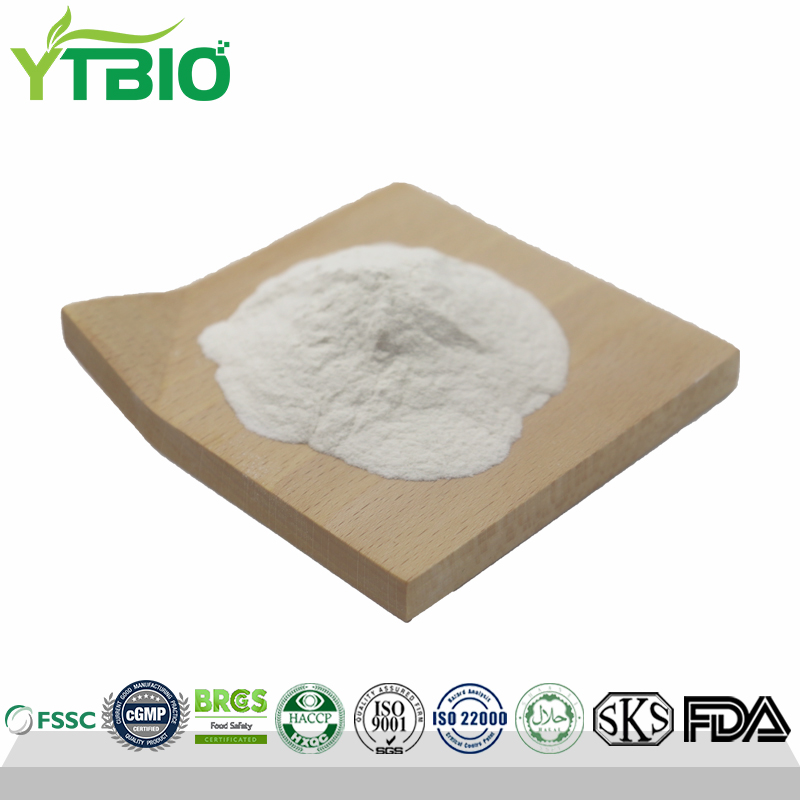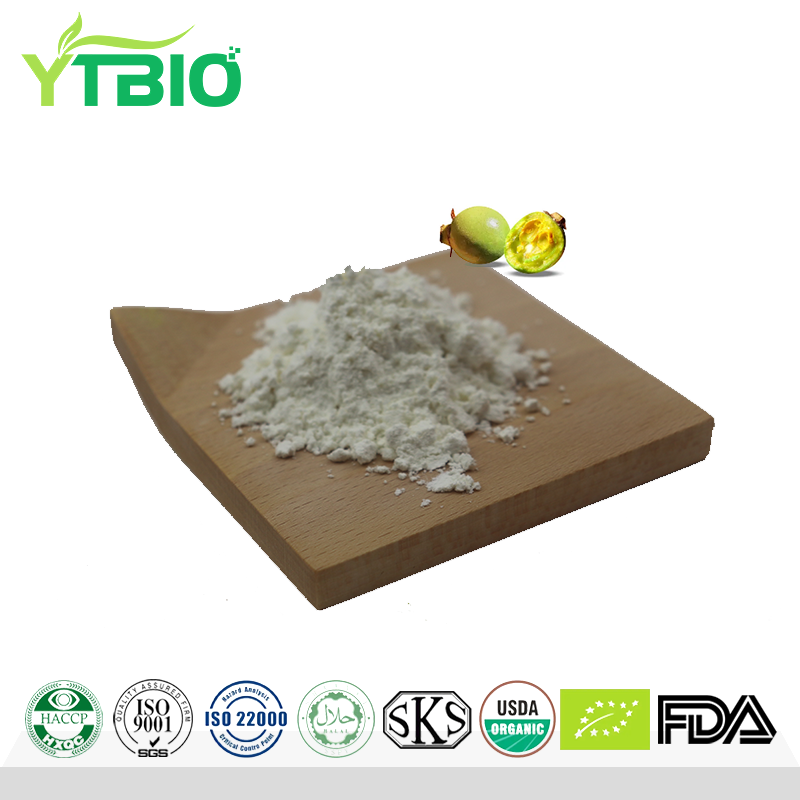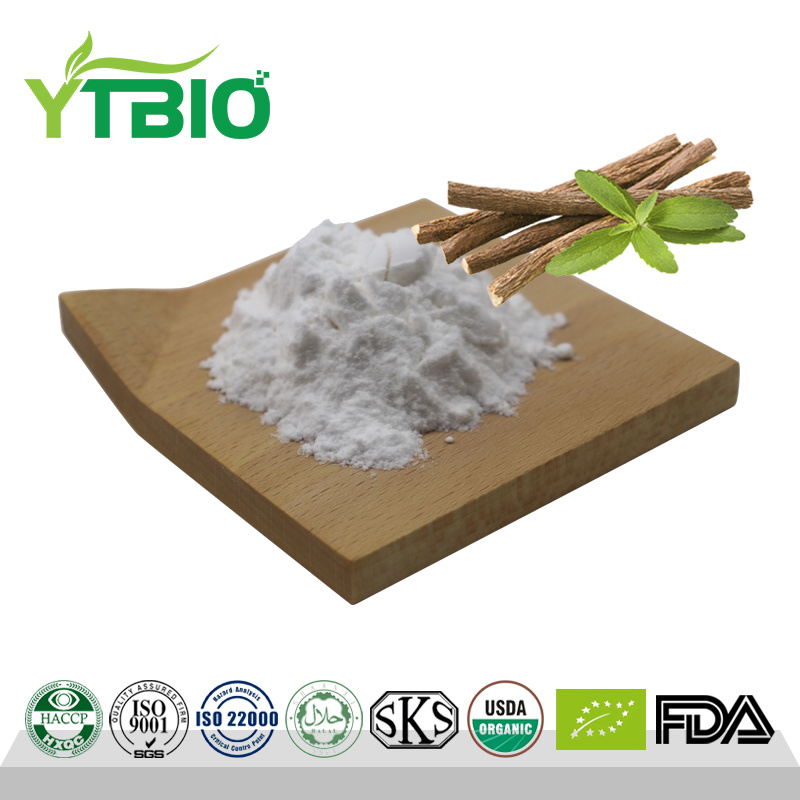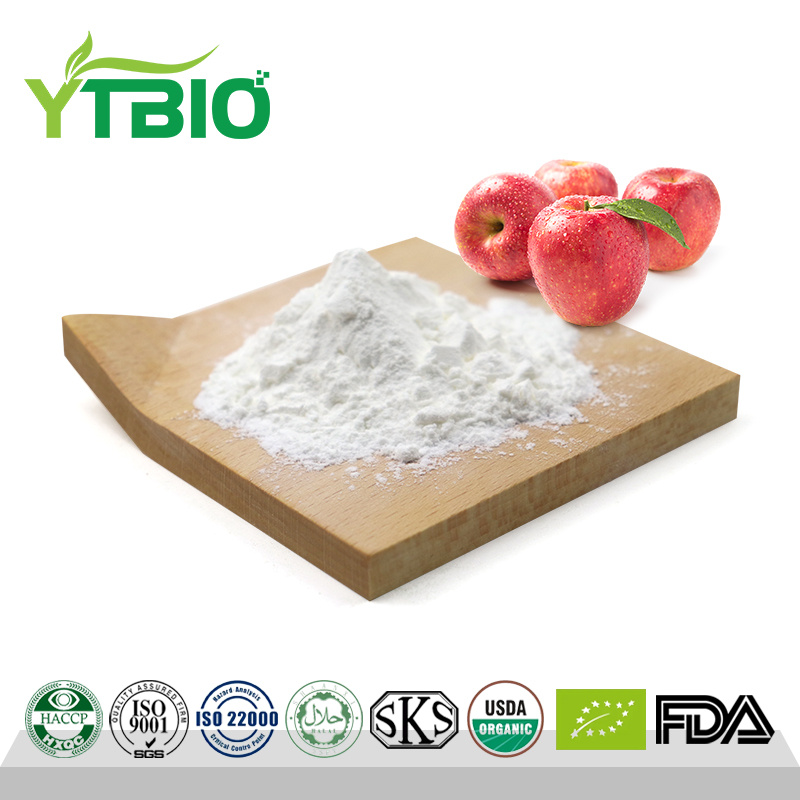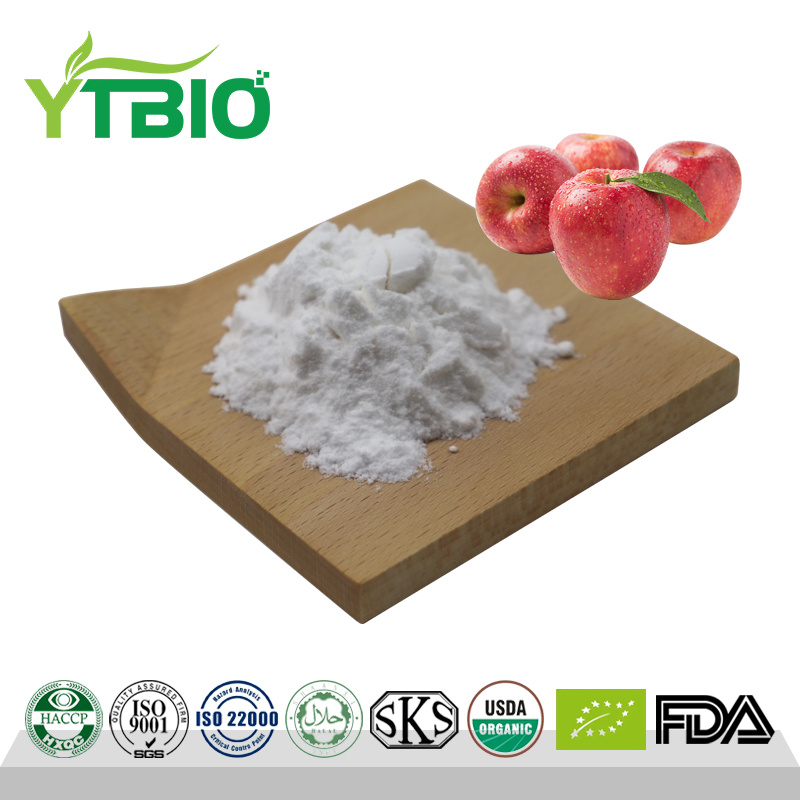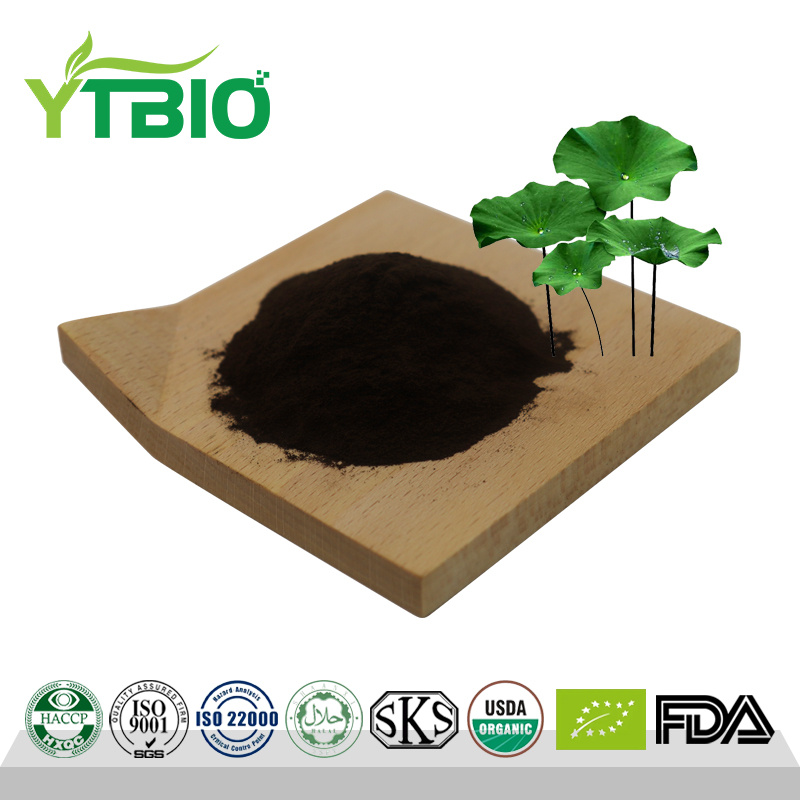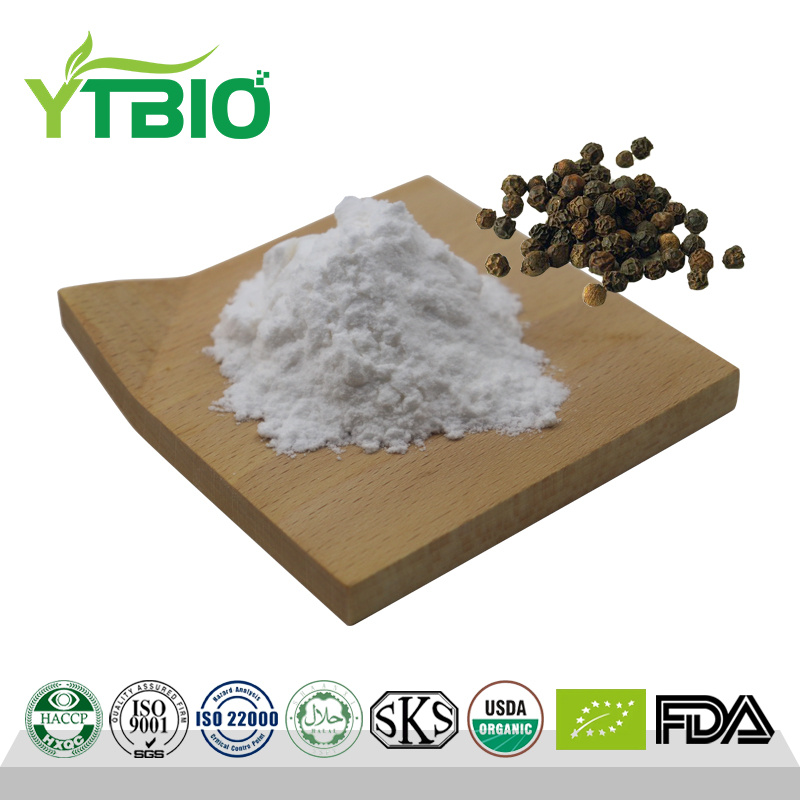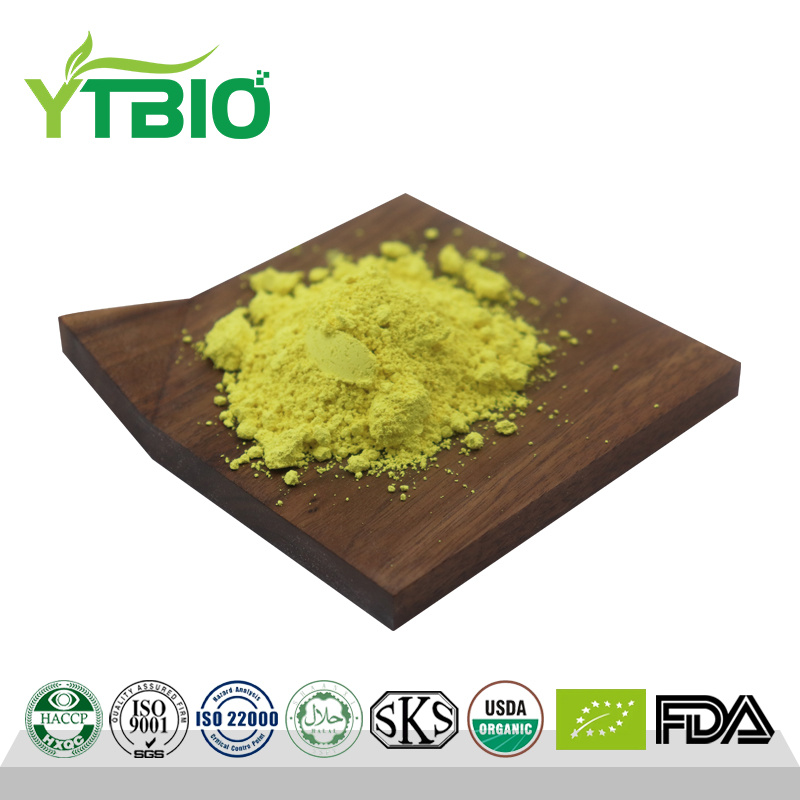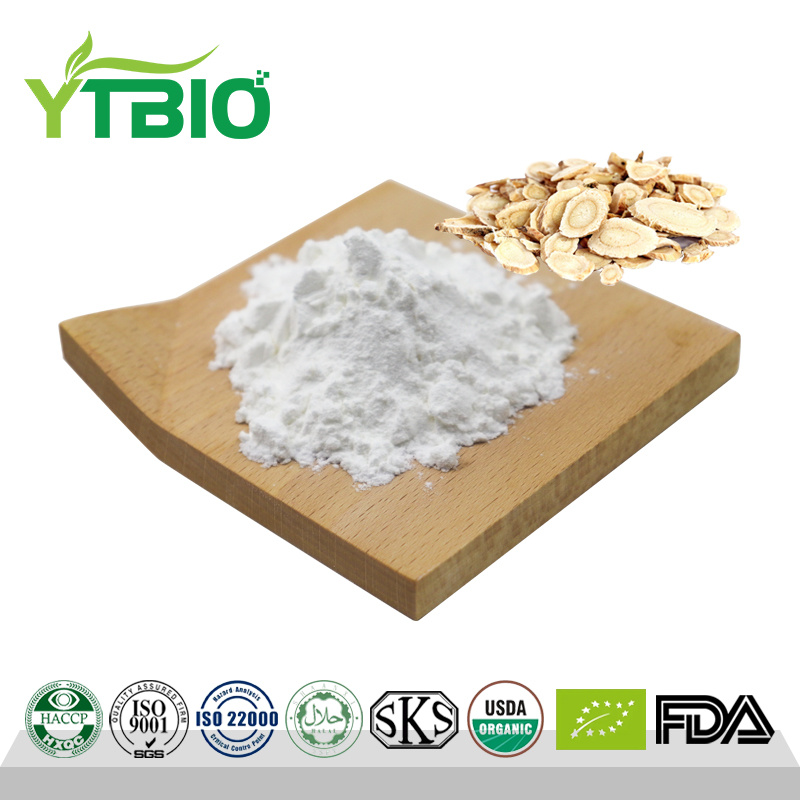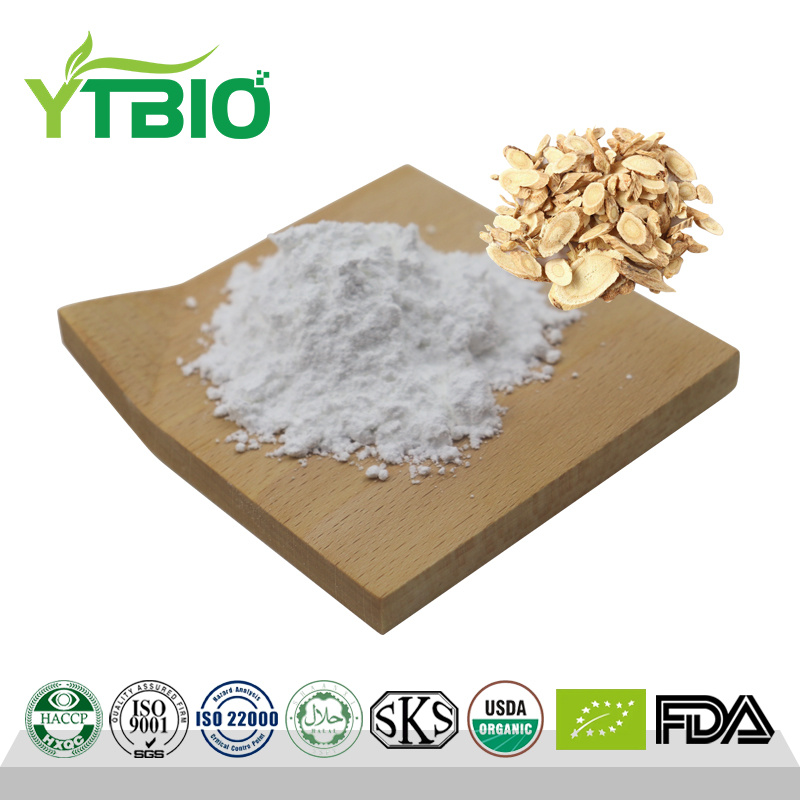98% Chondroitin Sulfate Powder
What is chondroitin sulfate?
Chondroitin sulfate (CS) is a type of glycosaminoglycan that forms proteoglycans through covalent bonding with proteins. It is widely distributed in the extracellular matrix and on the cell surfaces of animal tissues. Its sugar chain is composed of alternating glucuronic acid and N-acetylgalactosamine, which are linked to the core protein through a glycosidic linkage to the serine residue. Although the backbone structure of chondroitin sulfate is relatively simple, it exhibits a high degree of heterogeneity in terms of sulfation levels, the distribution of sulfate groups, and the arrangement of uronic acid isomers. This intricate structure determines the functional specificity of chondroitin sulfate and its interactions with various protein molecules.
Structure
Chondroitin sulfate is a linear, water-soluble glycosaminoglycan, with its basic building blocks being N-acetylgalactosamine and glucuronic acid. These two monosaccharides are repeatedly cross-linked to form a linear molecular chain via β-1,4-glycosidic bonds (between N-acetylgalactosamine and glucuronic acid) and β-1,3-glycosidic bonds (between glucuronic acid and N-acetylgalactosamine).
Chondroitin sulfate is mainly divided into chondroitin sulfate A and chondroitin sulfate C. The difference between them lies in the position of the sulfate group: in chondroitin sulfate A, the sulfate group is attached to the 4th carbon of N-acetylgalactosamine, whereas in chondroitin sulfate C, the sulfate group is attached to the 6th carbon of N-acetylgalactosamine.
What are the benefits?
Clearing Oxygen Free Radicals
Chondroitin sulfate has significant antioxidant properties and can effectively remove hydroxyl radicals and superoxide anion radicals, which are the main reactive oxygen species that cause oxidative damage in the body. Studies have shown that the half-maximal inhibitory concentrations of chondroitin sulfate for hydroxyl radicals and superoxide anion radicals are 8.77 mg/mL and 0.94 mg/mL, respectively. Its scavenging ability is directly related to its concentration and purity, thereby protecting the body from oxidative damage and exerting anti-aging effects.
Prevention and Treatment of Arthritis
Chondroitin sulfate is an important drug for treating joint diseases, often used in combination with glucosamine. It can alleviate joint pain, promote cartilage regeneration, and fundamentally improve joint issues. In the United States, chondroitin sulfate is used as a dietary supplement to lubricate and support joints by binding to water molecules, improving joint mobility, and ensuring free joint movement.
Prevention and Treatment of Osteoporosis
Research shows that chondroitin sulfate can significantly increase bone mineral content and bone density, reduce serum alkaline phosphatase levels, and improve the biomechanical parameters of the femur, offering therapeutic effects for osteoporosis.
Eye Protection
Chondroitin sulfate has a protective effect on corneal collagen fibers, promoting corneal wound healing, absorption of exudate, and inflammation reduction. It is often formulated with other drugs into compound eye drops for preventing eye fatigue, conjunctival congestion, itching, and treating dry eye syndrome.
Other Effects
Chondroitin sulfate can also be used to treat neuralgic headaches, trigeminal neuralgia, coronary heart disease, angina pectoris, myocardial hypoxia, cardiovascular diseases, joint pain, atherosclerosis, and hepatitis. Additionally, it has anticoagulant and antithrombotic effects and can be used as an adjunctive treatment for hearing impairment and liver damage caused by streptomycin, as well as for hyperlipidemia.
Uses
The primary medical application of chondroitin sulfate is as a treatment for joint diseases, often used in combination with glucosamine. It has pain-relieving and cartilage-regenerating effects, which can fundamentally improve joint issues. Randomized placebo-controlled clinical trials have shown that chondroitin sulfate significantly reduces pain in osteoarthritis patients, improves joint function, reduces joint swelling and effusion, and prevents narrowing of the joint space in the knee and hand joints.
Chondroitin sulfate works by providing cushioning, reducing impact and friction during movement. It absorbs water into the proteoglycan molecules, thickening the cartilage and increasing the amount of synovial fluid in the joint. Additionally, chondroitin sulfate acts as a delivery system, transporting oxygen and nutrients to the joint, helping to clear waste within the joint while expelling carbon dioxide and other waste products. Since joint cartilage lacks a direct blood supply, its oxygenation, nourishment, and lubrication rely entirely on synovial fluid, making chondroitin sulfate crucial in maintaining joint health.



